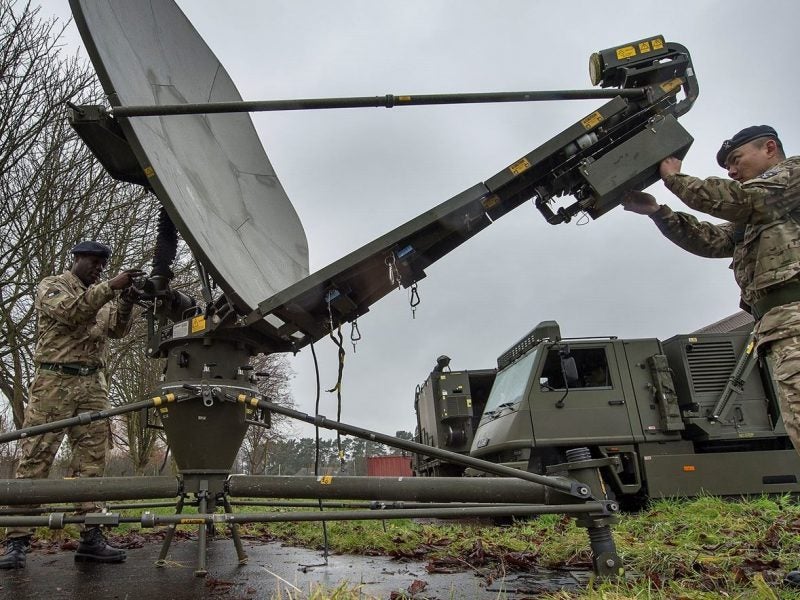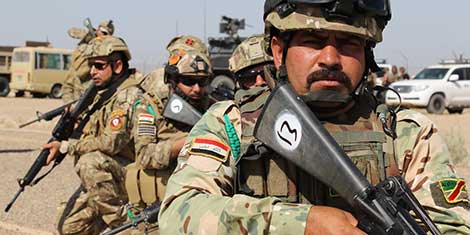RUDRA CHAUDHURI and ANIRUDH BURMAN
 Chinese vice-president Wang Qishan recently said that the “post-war international order” has “come to collapse”.
Chinese vice-president Wang Qishan recently said that the “post-war international order” has “come to collapse”.
The vice-president was speaking at the World Peace Forum, organised by Tsinghua University in Beijing, on 8 July. His message to the world was simple – it’s time to “jointly build an international order that is fair and equitable”. Others at the forum echoed his sentiments.
Whether it was the former Belgian Prime Minister and president of the European Council, Herman Van Rompuy, or the former Russian minister of foreign affairs, Igor Ivanov, leaders underlined that the “multilateral order is under threat”. Ivanov went as far as suggesting that “the old world order” was “already over”. Little, however, was said about how a new world order could be created. What this architecture would look like was a question that went largely unaddressed.
There is no doubt that current order is under attack, however, it’s anything but ‘over’.
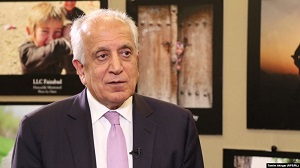





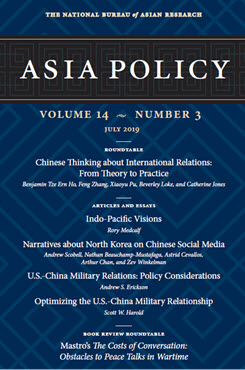
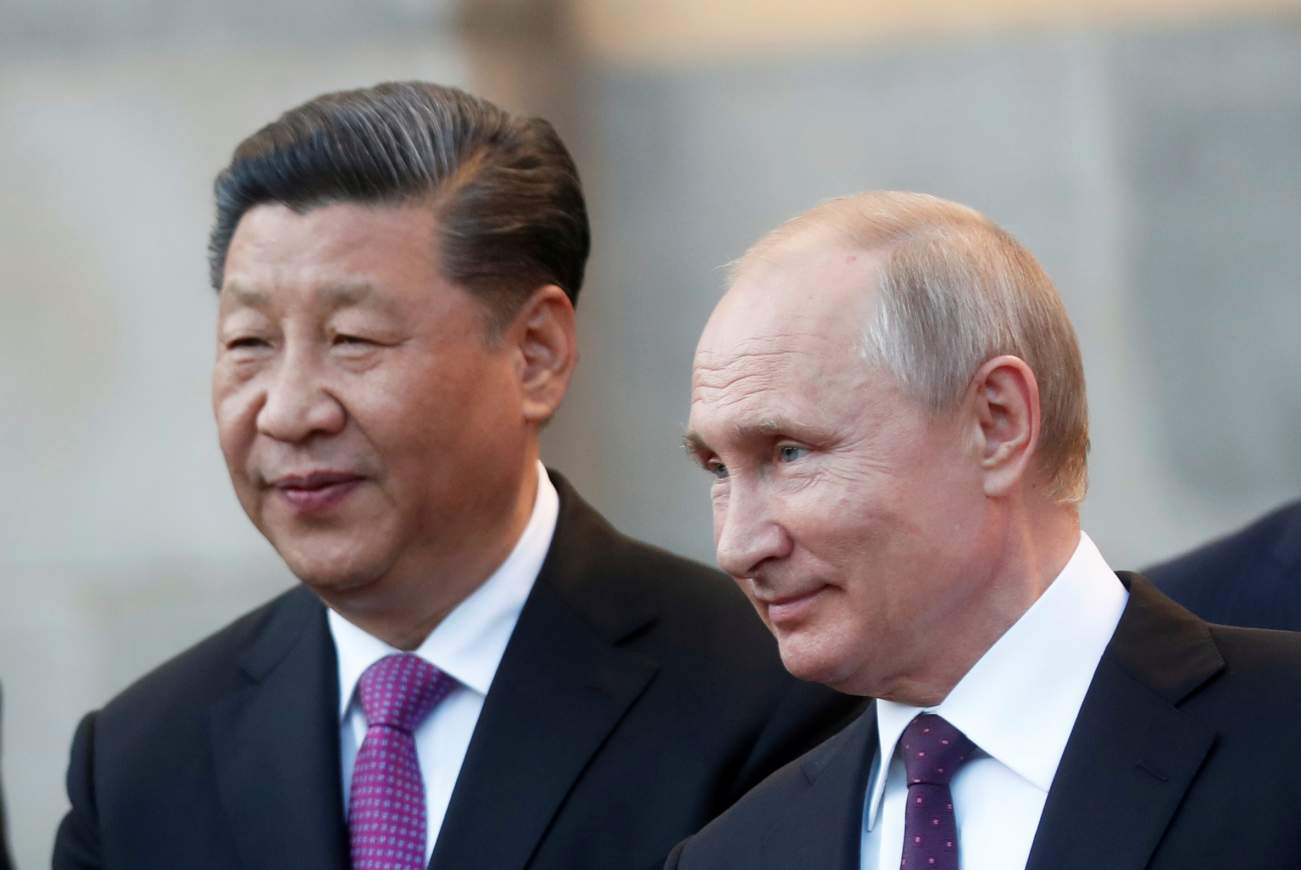

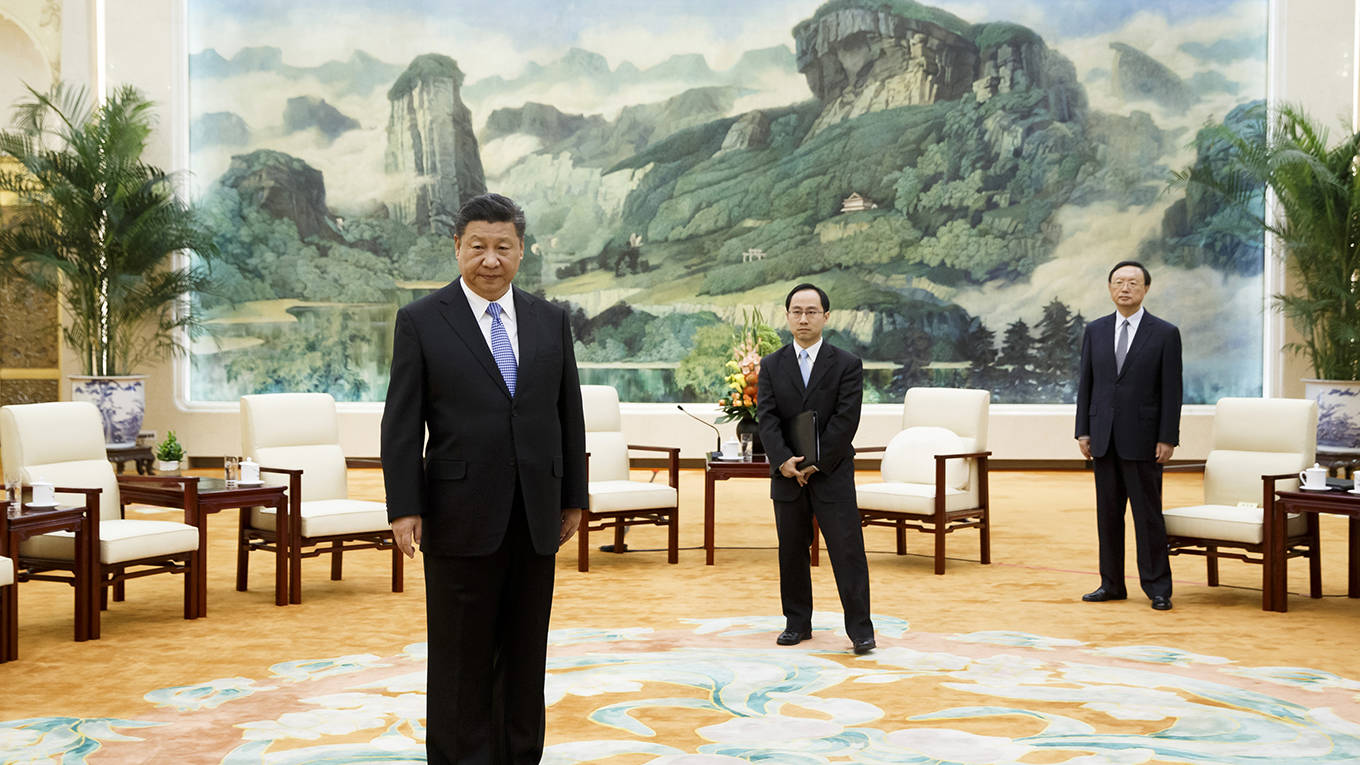





/arc-anglerfish-arc2-prod-mco.s3.amazonaws.com/public/SZN6B2QQLJB2BPNUWP4AGY2AXM.jpg)

